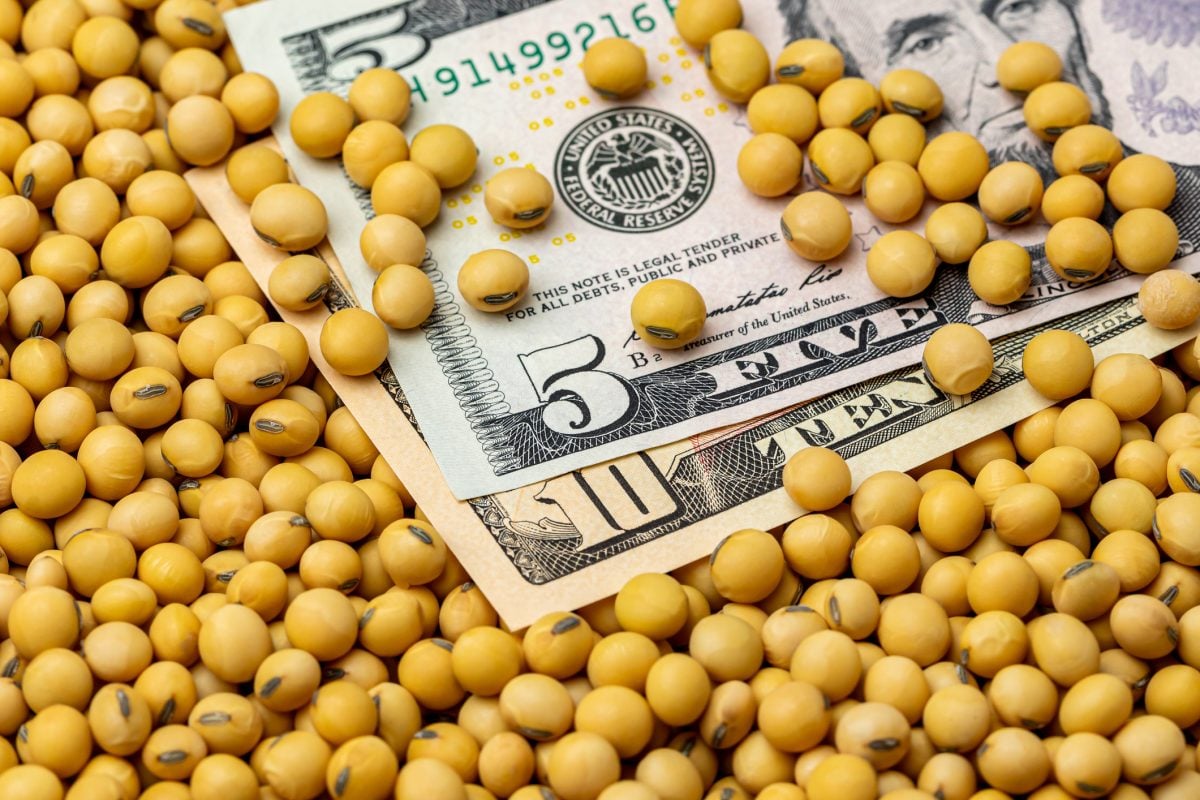Chicago | Reuters — U.S. wheat futures notched their biggest weekly advance in three years on Friday as worries about excessive rains in the Midwest and uncertainty over global crop prospects triggered aggressive fund short-covering, analysts said.
Corn and soybeans also rose but pared gains as farmers took advantage of the rally and sold supplies of both commodities.
At the Chicago Board of Trade, July wheat settled up 30-1/4 cents at $5.62-1/4 per bushel after reaching $5.66-1/4, the highest spot price since Jan. 13 (all figures US$).
Read Also

U.S. grains: Soybeans set 15-month high on U.S.-China trade deal hopes
Chicago soybean futures reached their highest in 15 months on Tuesday, briefly topping $11 a bushel on optimism that the U.S. could reach a trade deal with China as leaders from both countries are expected to meet in South Korea on Thursday.
CBOT July corn ended up 8-1/2 cents at $3.85 a bushel and July soybeans rose 1-3/4 cents at $10.02 a bushel.
For the week, wheat climbed 15 per cent, the most for a spot contract since May 2012. Corn rose nine per cent, the most since July 2012, during a historic U.S. drought. Soybeans climbed three per cent for the week.
Friday was the last trading day for CBOT July options, a factor that drove corn and wheat futures volume to near-record levels.
Funds hold a net short position in CBOT wheat and corn, leaving those markets open to short-covering rallies. Some investors were exiting positions ahead of two much-anticipated U.S. Department of Agriculture reports due June 30 on U.S. acreage and quarterly stocks.
“It’s massive fund buying, coming out of their short positions,” Brian Hoops, president of Midwest Market Solutions, said of Friday’s firm price trend.
Fundamentally, wet conditions and flooding in the Midwest, from Missouri eastward through the Ohio River Valley, remained the focus. Farmers in the region grow corn and soybeans, as well as soft red winter wheat, the type traded at the CBOT.
“Rain is falling on parts of the U.S. wheat crop at a highly vulnerable phase just as harvesting is starting,” said Frank Rijkers, agrifood economist at ABN AMRO Bank.
“However, there is also concern about dry weather in Europe and Canada,” Rijkers said.
As well, Australia’s wheat crop may face dry weather in the coming months due to the El Nino weather phenomenon, Rabobank said in a research note.
Corn and soybeans surged in early moves as more showers crossed the Midwest. But the markets pared gains after new-crop December corn topped $4 a bushel and new-crop November
soybeans breached the $10 mark, meeting price targets for some growers.
“I think there was quite a bit of selling when corn hit $4 and beans hit $10,” Hoops said, adding, “It’s really a gift for producers who maybe are holding a lot of old-crop inventory, or have not sold much new crop.”
— Julie Ingwersen is a Reuters correspondent covering grain markets from Chicago. Additional reporting for Reuters by Michael Hogan in Hamburg and Colin Packham in Sydney.











